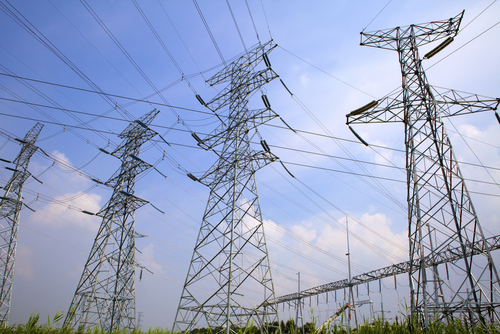Getting Started
Analyst view: investing in utilities

How the utilities sector will fare over the medium term and three investment trusts to consider.
The performance of utilities companies across the world has been difficult so far this year, following strong performance in 2014.
A relatively benign interest rate outlook, coupled with modest growth, saw the US provide much of the gains last year, but this year investors have become increasingly wary of the potential for interest rate rises in the US and the UK. However, is this really a substantial risk to utilities?
Interest rates and inflation
Utilities, with their relatively stable and predictable cash flows, have traditionally been able to service a higher level of debt than others with more volatile revenue streams. This means that these companies are more sensitive to rising interest rates, at least in the short-term.
However, it is necessary to look to the medium to longer-term, where there is much evidence to suggest the correlation between the performance of the utilities sector and interest rates is weak. A straightforward assumption is that higher interest rates will tend to depress the earnings of debt-laden companies. However, as utilities are highly regulated, they have the ability to pass through cost increases to the end customer over the longer term. Pricing is periodically reset through tariff reviews if the regulatory environment allows.
Similarly, rising interest rates are usually accompanied by a more inflationary environment, where utilities companies are usually allowed to hike their prices to earn a real return irrelative of market conditions. Other sectors may not benefit from the ability to make the same adjustments. Such price increases will boost earnings and push valuations upwards.
Utilities trusts
Premier Energy & Water (PEW), a UK investment trust investing in global utilities, has been finding more value in emerging market utilities, which are trading on cheaper valuations than their developed market counterparts. The fund has been taking advantage of this situation since a change of strategy three years ago when James Smith joined the Premier team.
After his arrival, the weightings to emerging economies increased, exposure to Europe and the US reduced, allocation to the UK increased and the fund had an increased exposure to, what the managers consider to be more interesting, smaller companies at the expense of larger cap stocks. The change in strategy has led to a significant uplift in PEW’s performance. The net asst value (NAV) return on the trust since 30th June 2012 has been 65.5%, with a share price total return of 124.3%, while the FTSE All-World index was up 48.1% over the same period.
One of the reasons why investors buy into utilities is because of the income offered by these companies. PEW aims to pay a high level of income on its ordinary shares (currently its base dividend equates to a yield of 6.1%, but the fund is currently paying special dividends from revenue reserves that boost the yield to 7.8%).
This split capital structure has been adopted by other funds specialising in the utilities sector such as Utilico and Ecofin Power & Water Opportunities.
The team’s outlook on US utilities reflects the income potential of these companies. On the managers’ numbers, many US utilities are showing 10% dividend growth over the next few years. They also consider that US utility valuations are factoring in interest rates of around 4.5%, this is overdone in their view and so they believe these companies are attractively valued.
The managers like the UK and consider the regulatory environment to be broadly supportive, allowing companies to pass on cost increases. However, one headwind has been The Department of Energy & Climate Change’s moves to phase out the renewable subsidy regime early, as it applies to onshore windfarms, in favour of a new scheme, which it is thought might lead to lower returns. However, the managers note that grace periods have been introduced for projects where planning permission has already been approved.
PEW’s ordinary shares have moved to trade on a premium in recent months, allowing it to issue new shares. This happy state of affairs perhaps reflects the company’s outperformance of its benchmark.
The other two funds we mentioned, Ecofin Power & Water Opportunities (ECWO) and Utilico (UTL), are both larger than PEW. Their ordinary shares yield 5.2% and 6.5% respectively. Both sit on much wider discounts, 20% in ECWO’s case and 26.1% for UTL.
James Carthew is research director at investment trust research house, QuotedData
[article_related_posts]